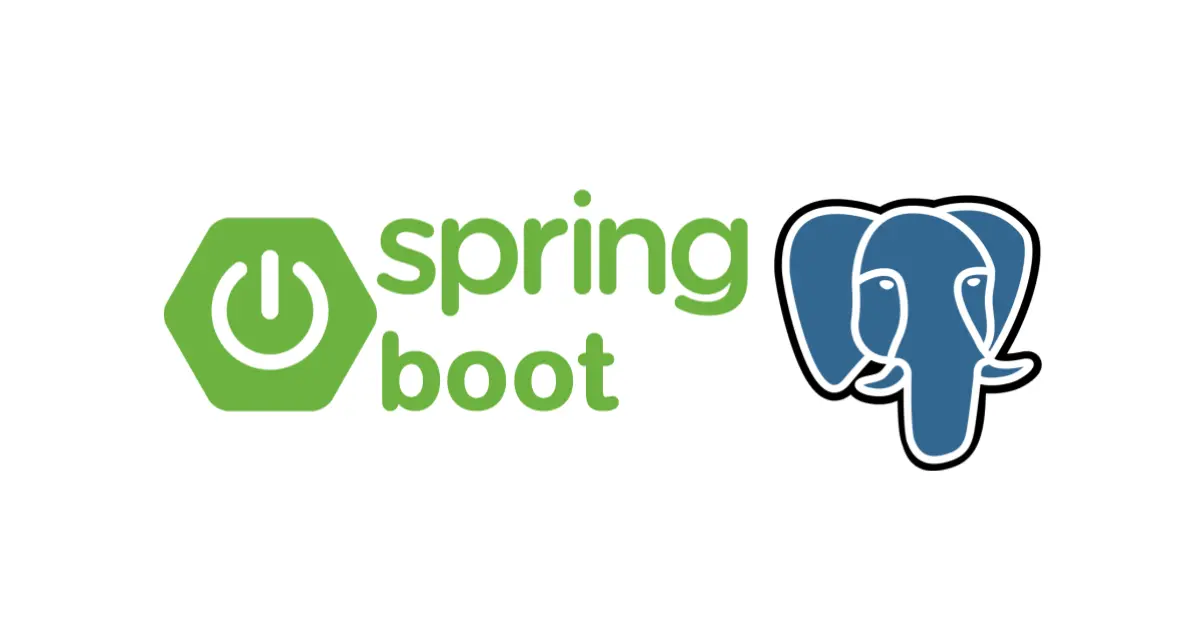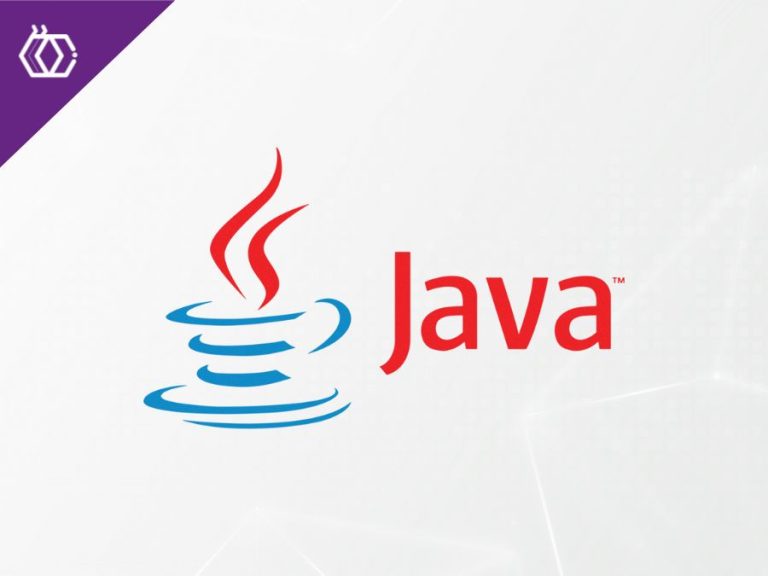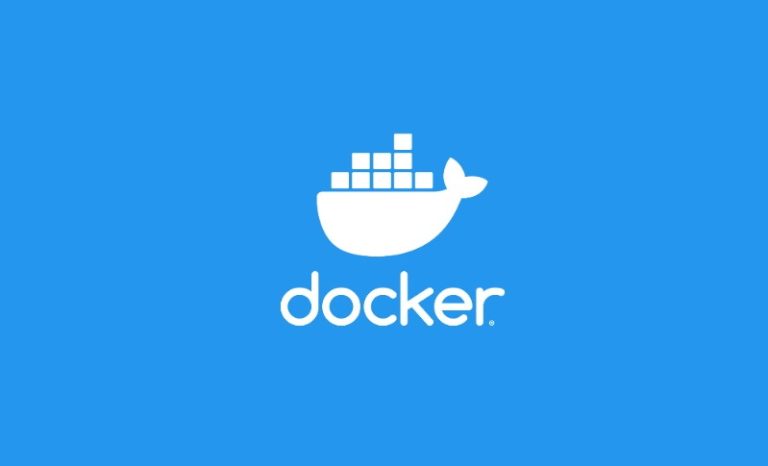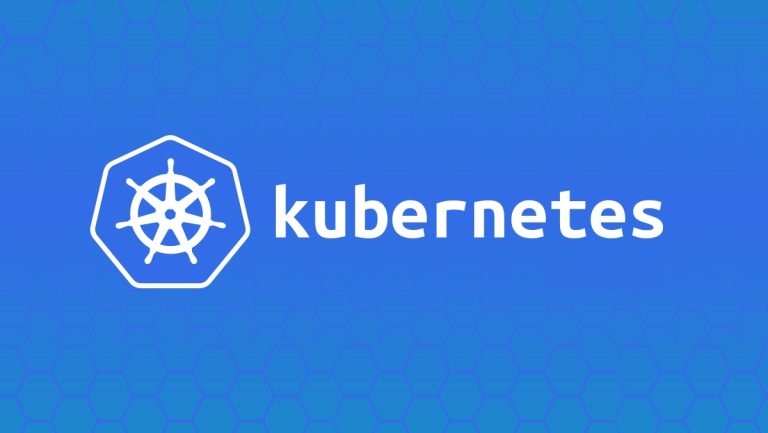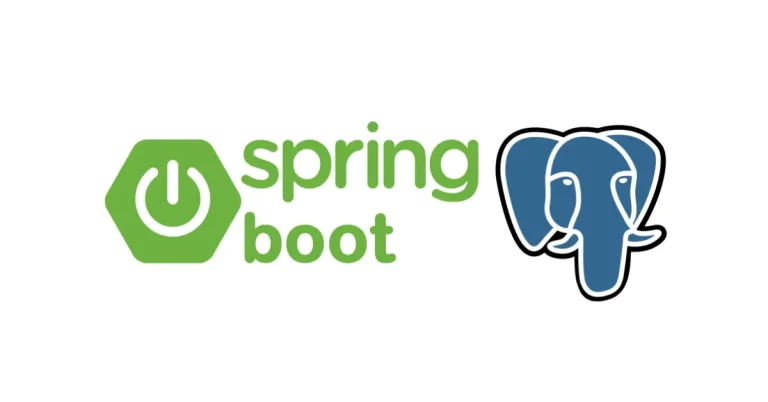Spring Boot Learning Roadmap: Beginner to Advanced
Spring Boot has transformed Java development, streamlining the process of building powerful, scalable applications with minimal configuration. Its flexibility, coupled with the robust Spring Framework ecosystem, allows developers to focus on writing business logic instead of wrestling with setup complexities.
For developers aiming to excel in modern Java development, mastering Spring Boot can be a game-changer. This roadmap offers a clear, structured guide to help you progress from beginner to advanced levels. With actionable steps, curated resources, and practical project ideas, you’ll be well-equipped to unlock the full potential of Spring Boot.
Table of Contents
1. Why Learning Spring Boot Matters
Spring Boot is one of the most essential frameworks for modern Java development. It simplifies the development process by eliminating tedious configuration tasks and allowing developers to focus on building efficient, scalable applications.
Key Advantages of Spring Boot
- Simplified Configuration: Automatically configures components, enabling rapid application development.
- Microservices Ready: Ideal for creating modular and scalable microservice-based architectures.
- Enterprise Adoption: Widely used by leading companies for building enterprise-grade solutions.
- Seamless Ecosystem Integration: Works effortlessly with tools like Spring Cloud, Spring Data JPA, and more.
- High Demand in the Job Market: Spring Boot is a must-have skill for many Java development roles.
For developers building web applications, APIs, or microservices, mastering Spring Boot is a career-defining move that ensures you stay relevant in today’s fast-evolving tech landscape.
2. The Beginner’s Path to Spring Boot
Starting with Spring Boot can be an exciting journey. A solid foundation is essential for long-term success.
Essential Concepts for Beginners
As a beginner, focus on these core topics to kickstart your Spring Boot learning:
- What is Spring Boot? Understand how it simplifies development compared to the standard Spring Framework.
- Key Features: Learn about embedded servers (e.g., Tomcat, Jetty), auto-configuration, and the Spring Initializr.
- Annotations & Core Components: Familiarize yourself with essential annotations like
@SpringBootApplication,@RestController, and@RequestMapping. - Project Structure: Explore how Spring Boot projects are organized, including the
pom.xmlorbuild.gradlefiles.
Top Resources for Getting Started
These beginner-friendly resources will help you build a strong foundation:
- Spring Boot Official Documentation – A comprehensive guide from the creators of Spring Framework.
- Java Brains (YouTube): Concise beginner tutorials on Spring Boot.
- Pluralsight: Access free trials for beginner courses on Spring Boot fundamentals.
- Spring Framework Guru Blog – Step-by-step tutorials from beginner to advanced levels.
Beginner-Friendly Projects
Apply your knowledge with simple hands-on projects:
- Basic REST API: Create a CRUD API, such as a to-do list or task manager.
- Employee Management System: Build a system to manage employee data using an in-memory database like H2.
3. Advancing to Intermediate Spring Boot Development
Once you’ve mastered the basics, it’s time to dive deeper into more advanced topics and real-world applications.
Key Intermediate Concepts
Intermediate learning focuses on expanding your foundational knowledge:
- Database Integration: Work with Spring Data JPA or Hibernate to handle relational databases.
- Spring Security: Implement authentication and authorization in your applications.
- Testing Applications: Learn to write unit and integration tests using JUnit and Mockito.
- External Configurations: Manage properties and environments using
application.ymlorapplication.properties.
Best Resources for Intermediate Learners
Here are some excellent resources for intermediate-level Spring Boot developers:
- Baeldung: Detailed tutorials covering database integration, testing, and more.
- Spring Boot in Action by Craig Walls: A highly recommended book with practical examples.
- Udemy Courses: Affordable, project-based Spring Boot courses.
Intermediate-Level Project Ideas
Challenge yourself with these intermediate projects:
- RESTful Blog API: Create an API where users can write, edit, and delete blog posts. Add features like pagination and search.
- E-Commerce Backend: Build back-end services for managing customers, products, and orders.
4. Mastering Advanced Spring Boot Topics
To set yourself apart in the industry, dive into advanced Spring Boot concepts and build complex, high-performance applications.
Key Advanced Topics to Master
Advanced learning focuses on scaling and optimizing your applications:
- Microservices Architecture: Learn about inter-service communication, service discovery (Eureka), and load balancing (Ribbon).
- Spring Cloud Integration: Explore how to build distributed systems with Spring Cloud.
- Performance Optimization: Optimize deployment using Docker or Kubernetes.
- Advanced Security: Implement OAuth2 and JWT to secure APIs.
Recommended Resources for Advanced Learners
These resources will help you master advanced Spring Boot topics:
- Kubernetes Academy by VMware: Learn to deploy Spring Boot applications on Kubernetes.
- IBM Cloud Blog: Tutorials on deploying Spring Boot apps to the cloud.
- Cloud-Native Java by Josh Long: A guide to building cloud-native applications with Spring Boot.
Advanced Project Challenges
Take on these advanced projects to demonstrate your expertise:
- Microservices System: Build an application with multiple microservices communicating via REST or RabbitMQ.
- Cloud Deployment: Develop a Spring Boot application and deploy it on AWS using Docker and Kubernetes orchestration.
5. Conclusion
Spring Boot has revolutionized Java development, making it easier to build, deploy, and scale applications. Whether you’re just getting started or aiming for mastery, this roadmap provides a clear path to success. By following the steps, using the resources, and applying your skills through projects, you’ll gain the confidence and expertise to thrive as a Spring Boot developer.
6. FAQs About Spring Boot
1. Is Spring Boot hard to learn?
No, Spring Boot simplifies Java development, making it accessible to most developers with consistent practice.
2. How long does it take to learn Spring Boot?
Basic concepts can be learned in 2–3 weeks, while advanced mastery may take a few months of practice.
3. Do I need to know the Spring Framework first?
It helps, but Spring Boot greatly simplifies many Spring Framework concepts, so it’s not mandatory.
4. What tools should I learn for Spring Boot?
Familiarity with IntelliJ IDEA, Maven/Gradle, RESTful APIs, and JUnit is essential for effective development.
Start your Spring Boot journey today and unlock exciting opportunities in modern Java development!
